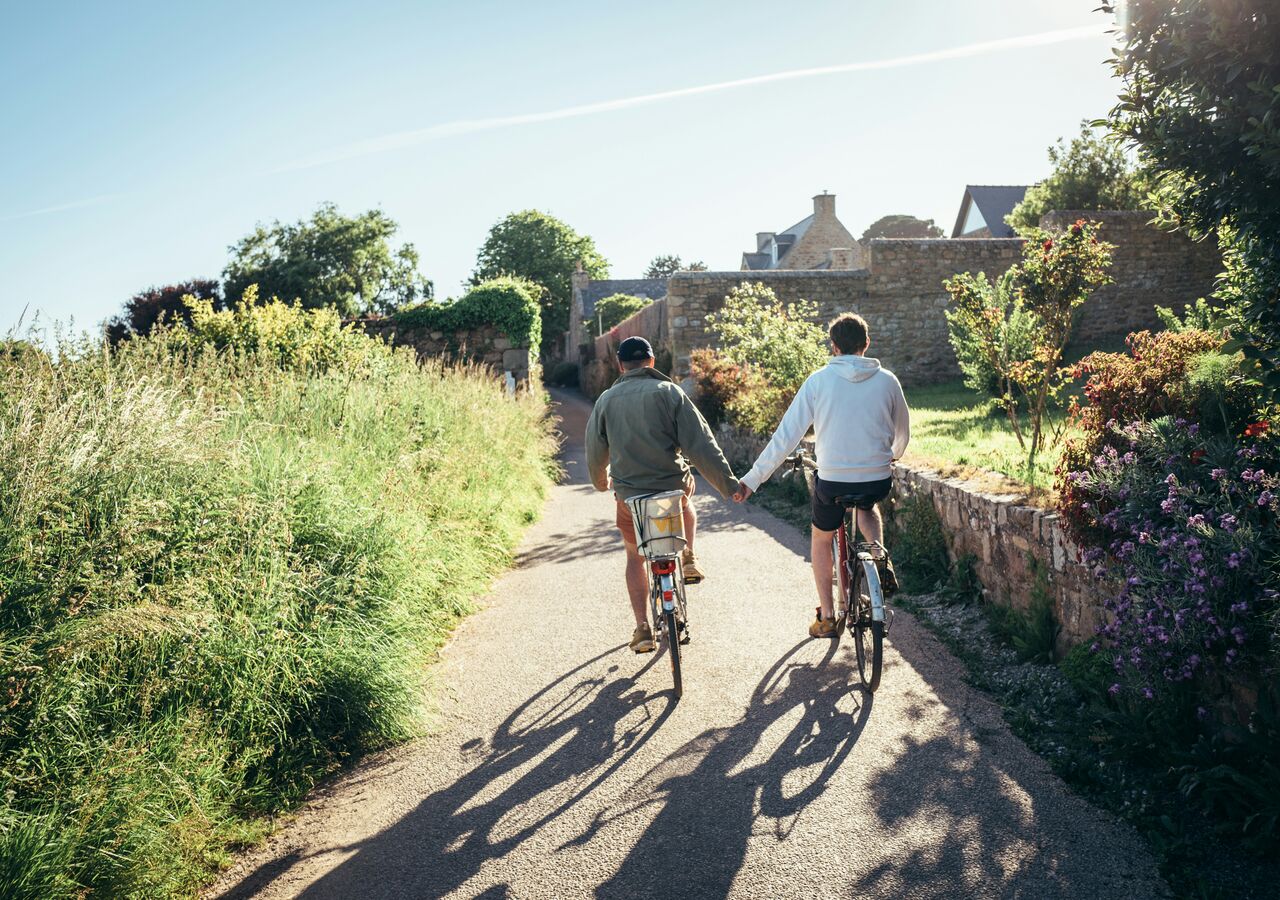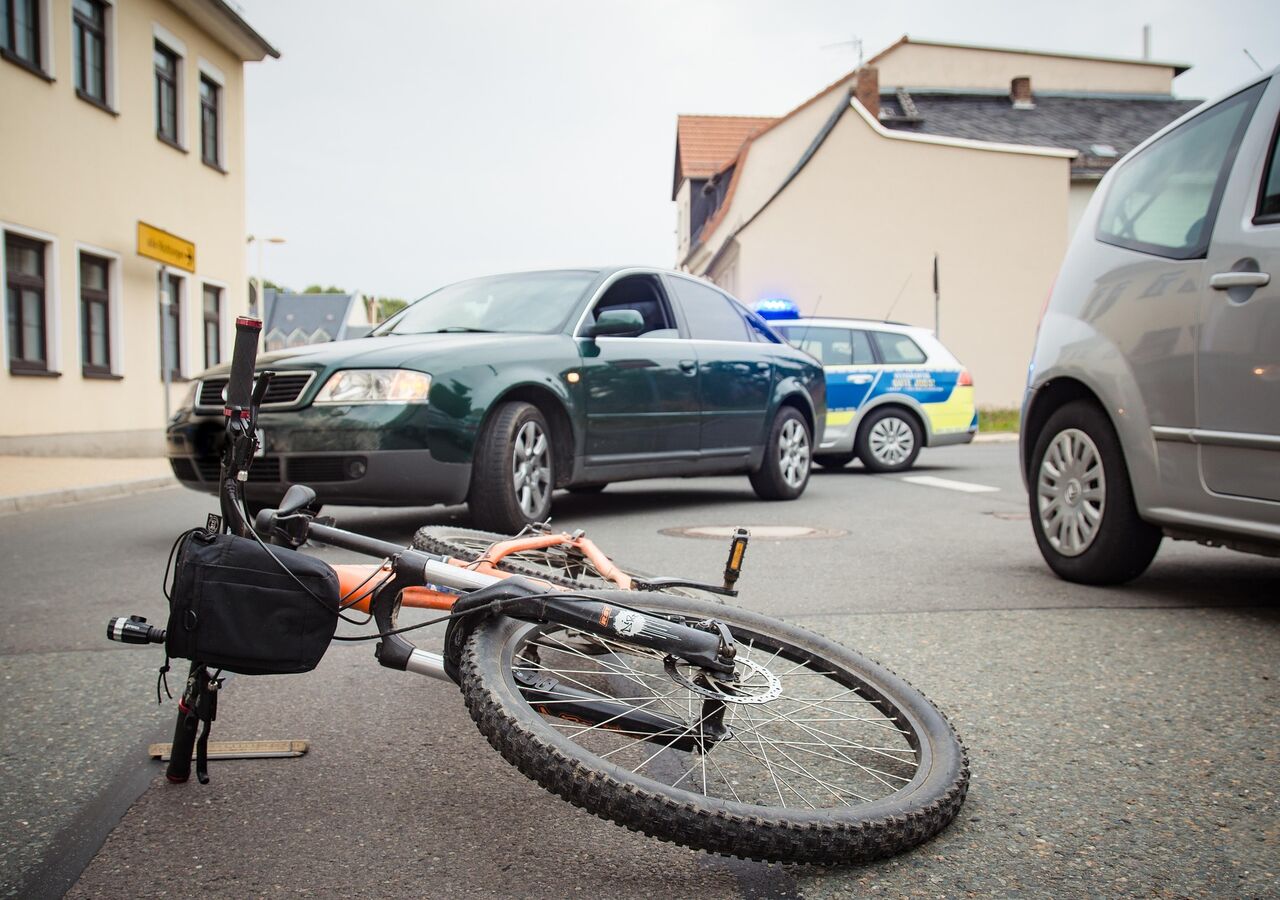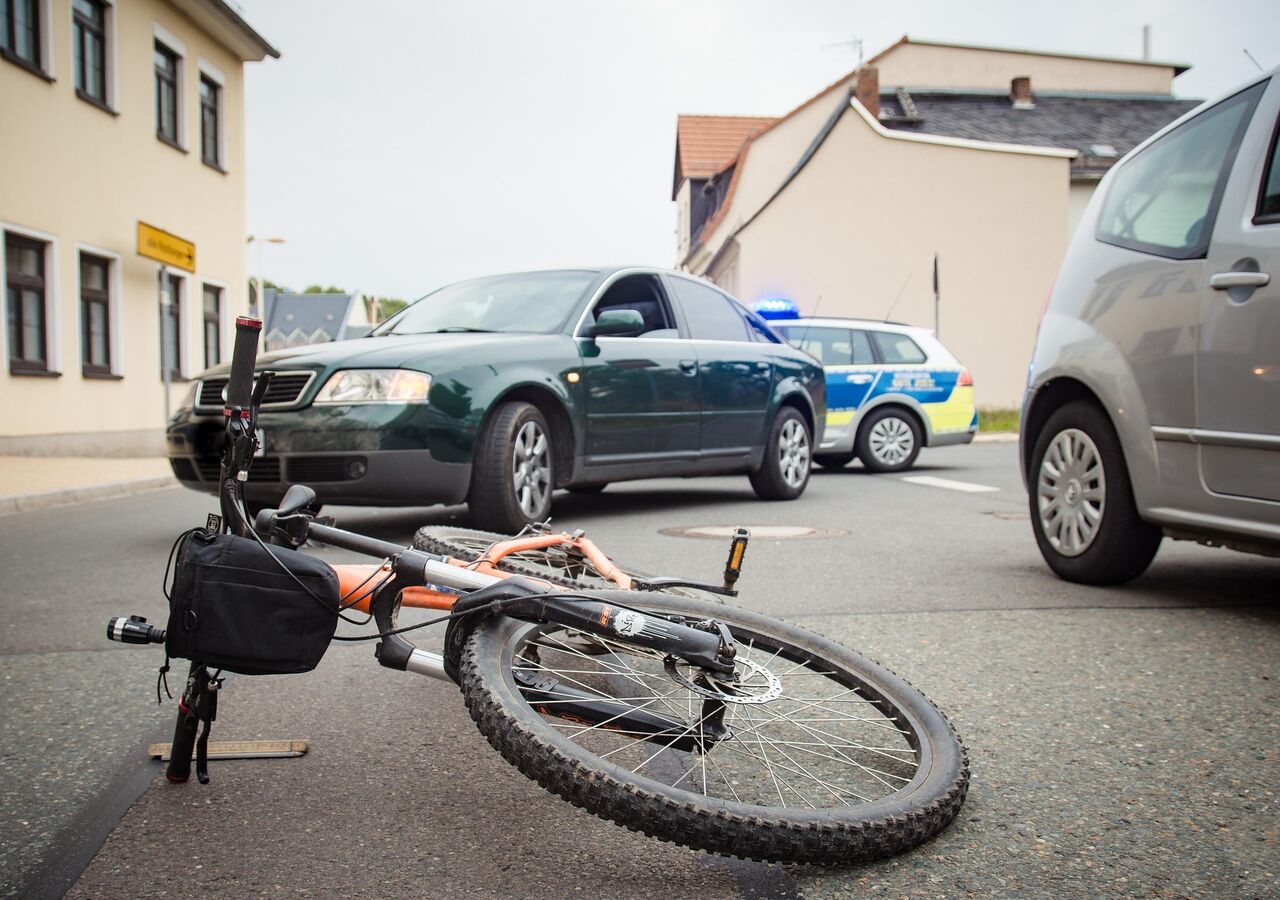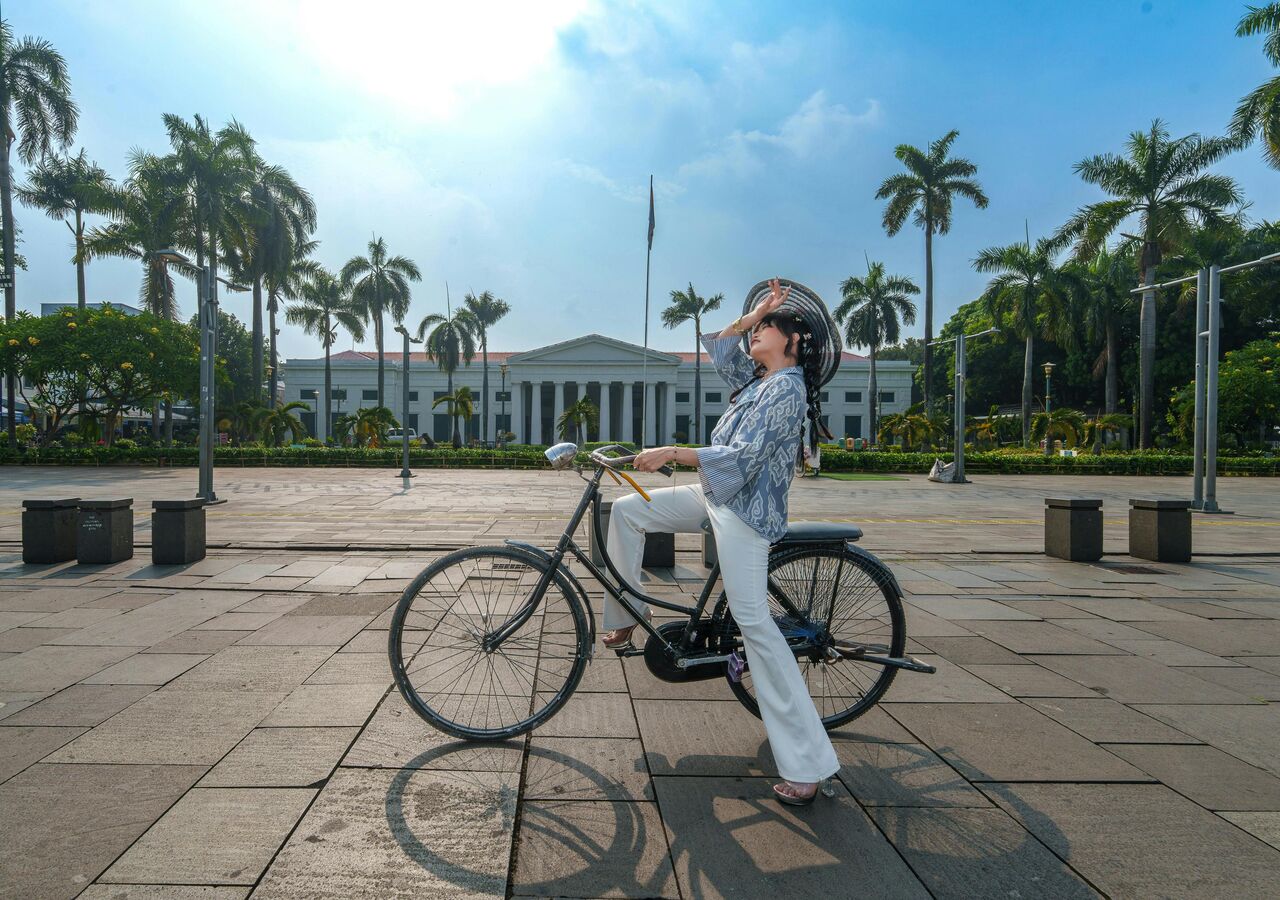Your cart is currently empty!
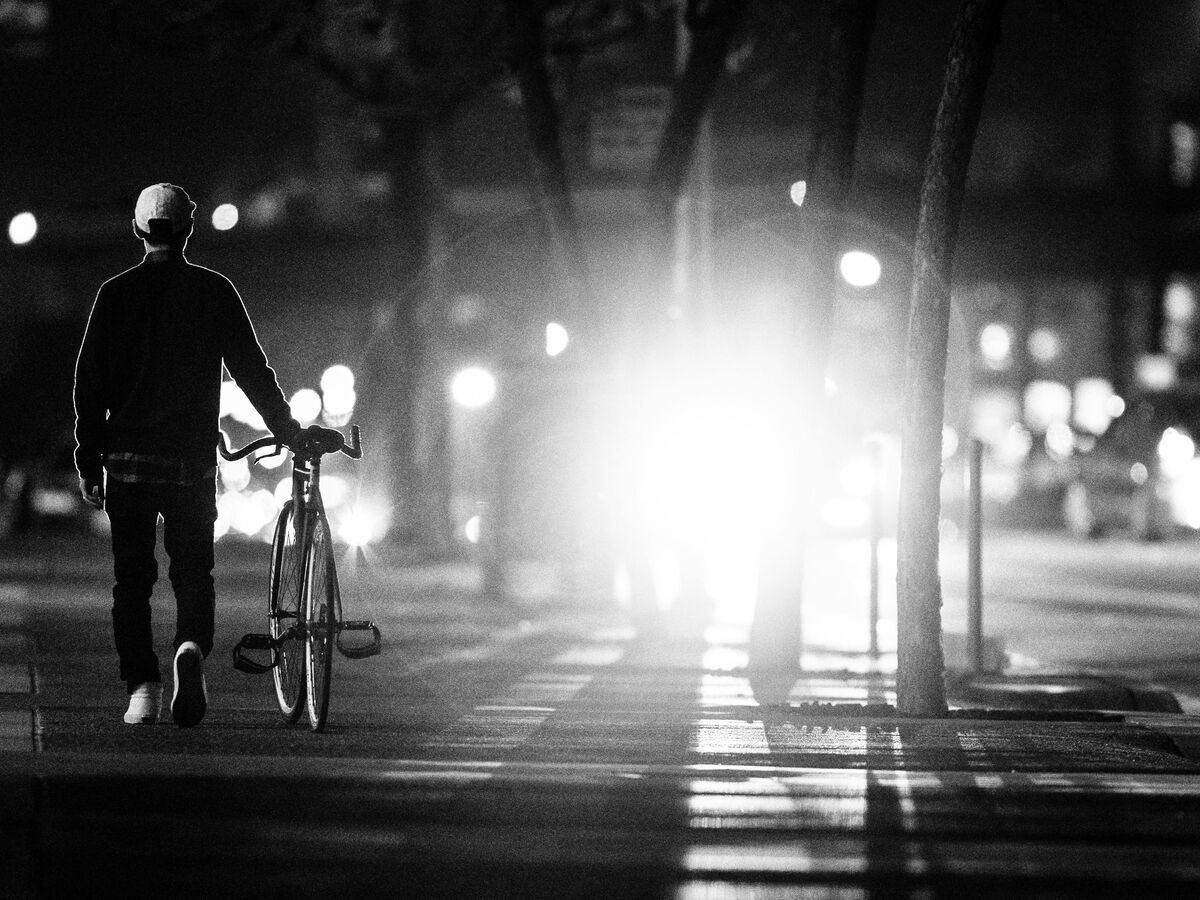
5 Ways to Boost Your Visibility as a Cyclist
The Importance of Cyclist Visibility
Cycling offers a wonderful mix of exercise, freedom, and eco-friendliness. But as more people pedal their way through busy city streets or scenic rural paths, one truth remains clear—visibility can save your life.
Alarming Statistics on Bicycle Accidents
Every year, thousands of cyclists are injured or worse due to collisions with motor vehicles. A common thread in many of these cases is poor visibility. According to the National Highway Traffic Safety Administration (NHTSA), nearly 60% of fatal bike crashes occur during low-light conditions—dawn, dusk, or nighttime.
Visibility as a Life-Saving Factor
Drivers can’t avoid what they can’t see. Increasing your visibility isn’t just about flashy gear—it’s a form of self-defense. When you’re visible, you’re more likely to be given adequate space, respected on the road, and ultimately safer.
Wear High-Visibility Clothing
Neon and Reflective Gear Explained
Bright clothing—especially fluorescent yellow, orange, or green—is designed to catch a driver’s eye. Reflective strips on jackets, vests, and leggings bounce light back toward car headlights, increasing your visibility significantly.
Daytime vs Nighttime Clothing Tips
In daylight, fluorescent colors are most effective because they appear even brighter under sunlight. At night, reflective materials shine brightest. For round-the-clock safety, combine both: neon colors with reflective tape or stitching.
Use Bright Bike Lights
Headlights and Taillights
Front white lights and red rear lights aren’t just smart—they’re legally required in many places. Aim for 200–500 lumens for front lights if you’re in urban areas and 500+ for rural or dark routes. Our TOOOCycling DVR80 well exceeds this requirement and can be seen for a mile or even more!
Flashing vs Steady Lights
Studies show that flashing lights tend to attract more attention from drivers. Still, steady lights are better for helping others judge your speed and distance. Use both if possible.
Battery and Charging Tips
Rechargeable USB lights are cost-effective in the long run. Always check your battery before long rides, and consider carrying a backup light or power bank.
Add Reflective Accessories
Wheel Reflectors, Pedal Strips, and Spoke Lights
Motion attracts attention. Reflectors on wheels and pedals catch light and draw the eye through movement. Spoke lights are a fun, effective way to be seen from all sides.
DIY Visibility Hacks
Add reflective tape to your helmet, backpack, or even your frame. Reflective zip-ties can be attached to seat posts or handlebars for extra flair and function.
Choose Visibility-Optimized Routes
Well-Lit Roads and Bike Lanes
Stick to streets with good lighting and dedicated cycling lanes when possible. Avoid shortcuts through poorly lit alleys or paths, especially at night.
Using Route Planning Apps for Safety
Apps like Komoot, Strava, and Google Maps allow cyclists to preview routes and avoid dangerous stretches. Many even offer night-mode overlays that show lighting conditions.
Use Hand Signals and Body Language
How to Signal Clearly and Predictably
Extend your arm straight out to signal a left turn; out and up for a right turn. Always do this with confidence and ample time for drivers to react.
Making Eye Contact with Drivers
If you can, lock eyes with nearby drivers—especially at intersections. It ensures they’ve noticed you and helps you anticipate their next move.
Why Cyclist Visibility Is a Shared Responsibility
What Drivers Should Do to Watch for Cyclists
Motorists should check mirrors regularly, especially before opening doors or turning. Awareness campaigns and driver training are crucial.
Policy and Infrastructure Improvements
Better lighting, protected bike lanes, and reflective road signs are all investments in cyclist safety. Governments and city planners must prioritize visibility-enhancing measures.
Myths About Cyclist Visibility
“Daytime Makes You Visible” and Other Misconceptions
Just because it’s daylight doesn’t mean you’re visible. Gray clothing blends into roads. Don’t rely on the sun—use bright colors and lights at all times.
Tech Gadgets That Improve Visibility
Smart Helmets, LED Backpacks, and Brake Lights
Innovative gear like helmets with built-in lights, motion-activated brake lights, and LED-equipped backpacks can give you a serious edge in being noticed.
Weather Considerations
Rain, Fog, and Snow — Adapting for Conditions
Moisture and fog reduce visibility for everyone. In such weather, increase your lighting power, wear waterproof reflective gear, and slow down to match road conditions.
How Visibility Affects Legal Outcomes
Liability in Accidents
If you’re struck by a car, your visibility efforts could impact insurance and legal decisions. Courts often assess if both parties acted responsibly.
The Role of Dashcams and Witnesses
Installing a bike cam or GoPro can help prove your side of the story. Eyewitnesses are more likely to support a cyclist who was clearly visible.
Teaching Kids Visibility Best Practices
Kid-Friendly Gear and Lights
Kids are smaller and harder to see. Equip them with reflective vests, handlebar streamers with reflective tape, and flashing lights.
Practicing in Safe Areas
Use parks or quiet streets to teach kids how to signal, where to ride, and why staying visible keeps them safe.
Visibility Tips for Group Rides
Uniform Gear and Ride Formation
Matching outfits, reflectors, and synchronized lighting not only look cool—they make the group easier for drivers to see and pass safely.
Visibility for Commuters vs Recreational Cyclists
What to Prioritize Based on Purpose
Commuters often ride in rush hour or poor light. Lights and reflectors are crucial. Recreational riders can often choose better times—but should still stay highly visible.
Real Cyclist Stories: Visibility Saved My Life
Personal Testimonies and Eye-Opening Experiences
Many cyclists credit their bright vests or blinking lights with preventing serious injury. Stories abound of near-misses where visibility made all the difference.
FAQs About Boosting Cyclist Visibility
What’s the best color to wear while biking?
Fluorescent yellow is often considered the most visible, followed by bright orange and neon green.
Are blinking lights legal?
Yes, in most places. However, check your local regulations as some jurisdictions prefer steady lights for nighttime riding.
Can I use a car dashcam on a bike?
Yes! Many cyclists repurpose car dashcams or use GoPros to document rides for safety.
What’s the most overlooked visibility tip?
Making eye contact with drivers—this non-verbal cue ensures they’ve seen you.
Are reflectors enough at night?
No. Reflectors help, but lights are essential for active visibility in darkness.
How can I be visible in fog?
Use bright, blinking lights front and back, wear reflective gear, and stick to routes with street lighting.
Conclusion: Why Visibility Is Worth the Effort
The Cost of Being Invisible on the Road
No one ever regrets being too visible. But many regret not doing enough to be seen. The extra time and money spent on lights, gear, and planning is a small price for safety.
Final Thoughts and Encouragement
Whether you’re biking to work, cruising on weekends, or teaching your child to ride—boosting your visibility as a cyclist can protect lives. It’s not just about gear; it’s about mindset, awareness, and taking the road seriously. So light up, gear up, and ride safe.

